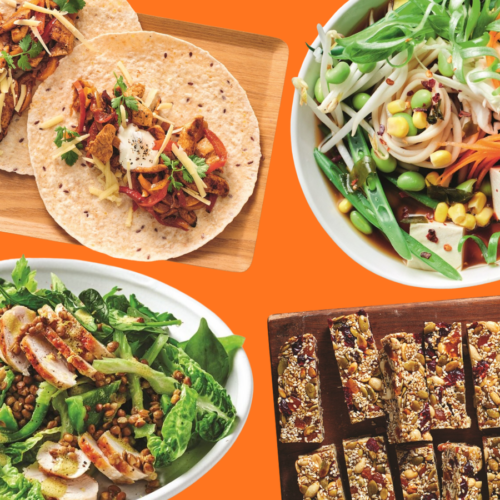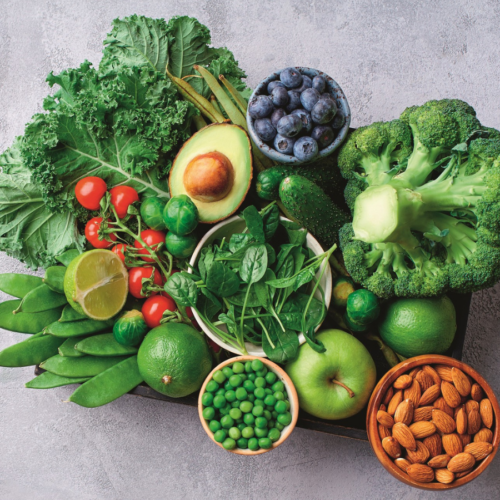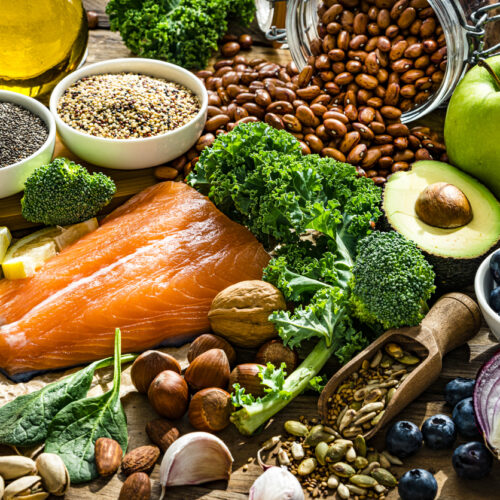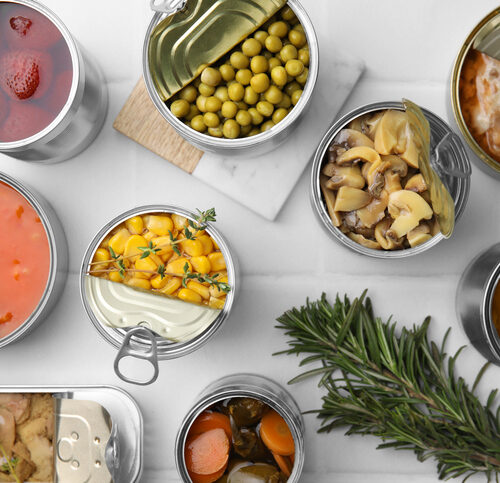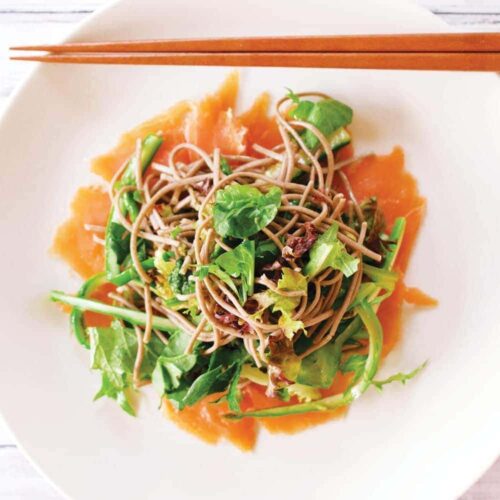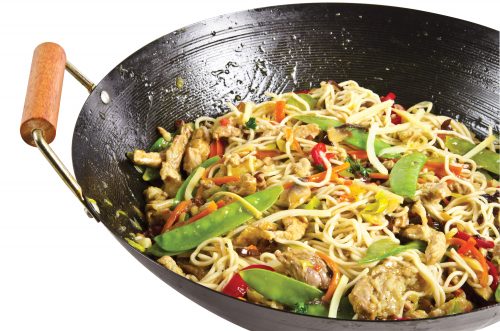
Nutritionist Brigid Chunn unpacks the good and bad of ready-made meal bases.
What’s available?
Stir-fry meals are quick, easy and tasty. There is a wide variety of ready-made stir-fry sauces available — sweet and sour, butter chicken, peanut satay, teriyaki, honey soy ginger, black bean and more. Most come in either a jar or a pouch and are added straight to the meat and vegetables. There are also sachets of powdered mixes where water is added to make the sauce.
Add meat and vegetables
With stir-fry sauces, meat and vegetables are added to the base. The key to a healthy well-balanced meal is choosing lean meat, chicken or fish and plenty of vegetables.
Make sure the portion of meat, chicken or fish is around 125g-150g per person and there are three serves of vegetables per person (about 1 1/2 cups).
Saturated fat
Always check the nutrition information panel as many of these sauces are high in saturated fats — particularly the satay and butter chicken sauces. These sauces contain coconut cream or milk, cream or peanuts, all adding to the saturated fat. We recommend less than 5g saturated fat per serve and less than 3g saturated fat per serve is even better.
Sugar
One teaspoon of sugar is around 4g, so if there are 16g sugar in a serve that’s about four teaspoons of sugar. Many of these sauces contain added sugar so keep an eye on this.
Some sauces such as sweet and sour sauce have added fruit juice such as apple or pineapple juice. Although these contain natural sugars, the overall sugar content can get pretty high. Ideally, keep the amount of added sugars down, so we recommend choosing products with less than 20g sugars; less than 10g sugars per serve is even better.
Sodium
The Ministry of Health recommendation is up to 2300mg sodium per day. We would encourage less than this, especially for those with high blood pressure. Many of the soy-based sauces can be very high in sodium. Select Black Bean Stir-Fry Sauce had 1680mg sodium per serve — 73 per cent of the upper limit of recommended daily intake! So it is important to read the nutritional information panel.
Our recommendation is to choose products with less than 650mg sodium, but less than 450mg sodium per serve is better.
Energy (kJ)
It’s important to be aware of how much energy we are adding to our meals. It’s easy for the kilojoules to add up without our realising. The sauces we have recommended contain a kilojoule range from 160kJ to 620kJ per serve.
When chicken, vegetables and rice are added to a sauce, the meal provides a range of kilojoule options: lower (1850kJ), for those watching their weight, to a more substantial meal (2340kJ). See Make it a meal, below.
Make it a meal
125g chicken breast + 1 teaspoon olive oil + 1 1/2 cups mixed vegetables adds around
- 1140kJ energy
- 33g protein
- 1.8g sat fat
- 9g sugars
- 120mg sodium
- 7g fibre
3/4 cup cooked white rice adds around
- 530kJ energy
- 3.5g protein
- nil sat fat, sugars, sodium
- 1g fibre
1/2 cup cooked brown rice adds around
- 590kJ energy
- g protein
- nil sat fat, sugars, sodium
- 2g fibre
Tip: If sautéing meat first, use an oil spray to minimise added kilojoules.
www.healthyfood.com


